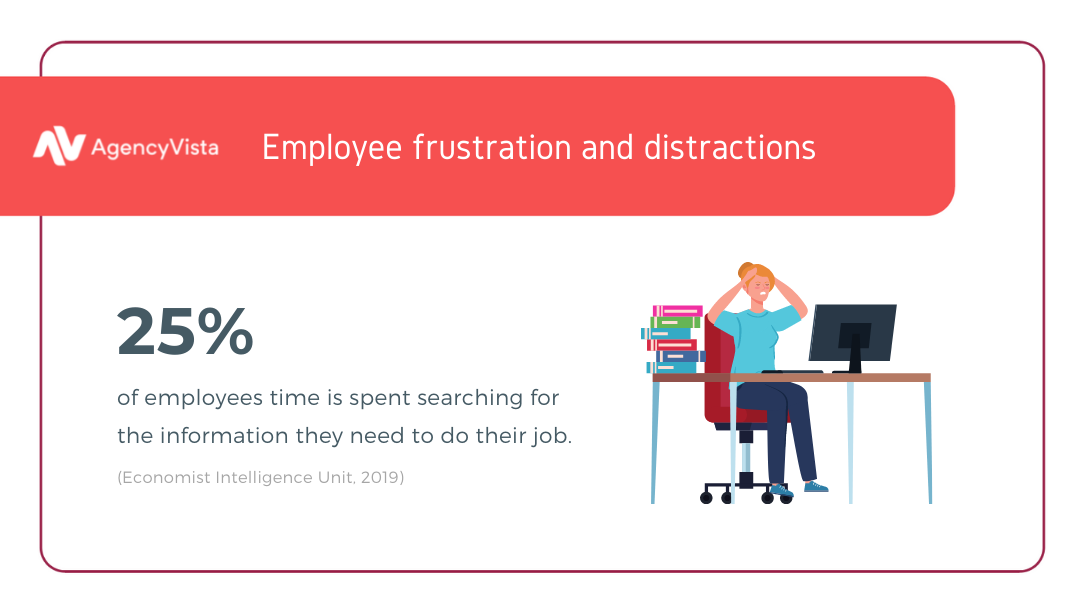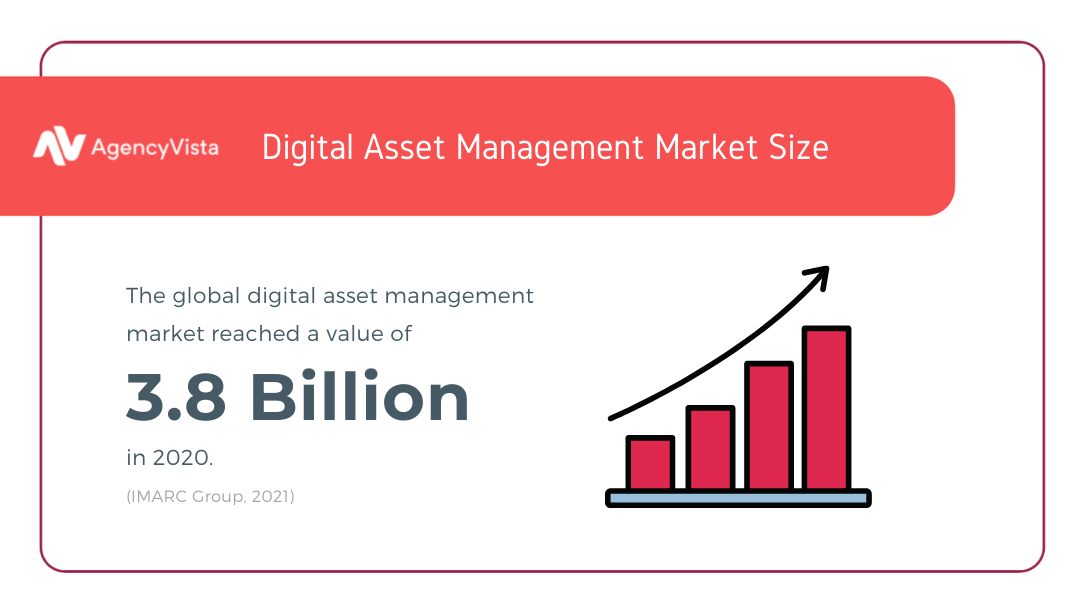New
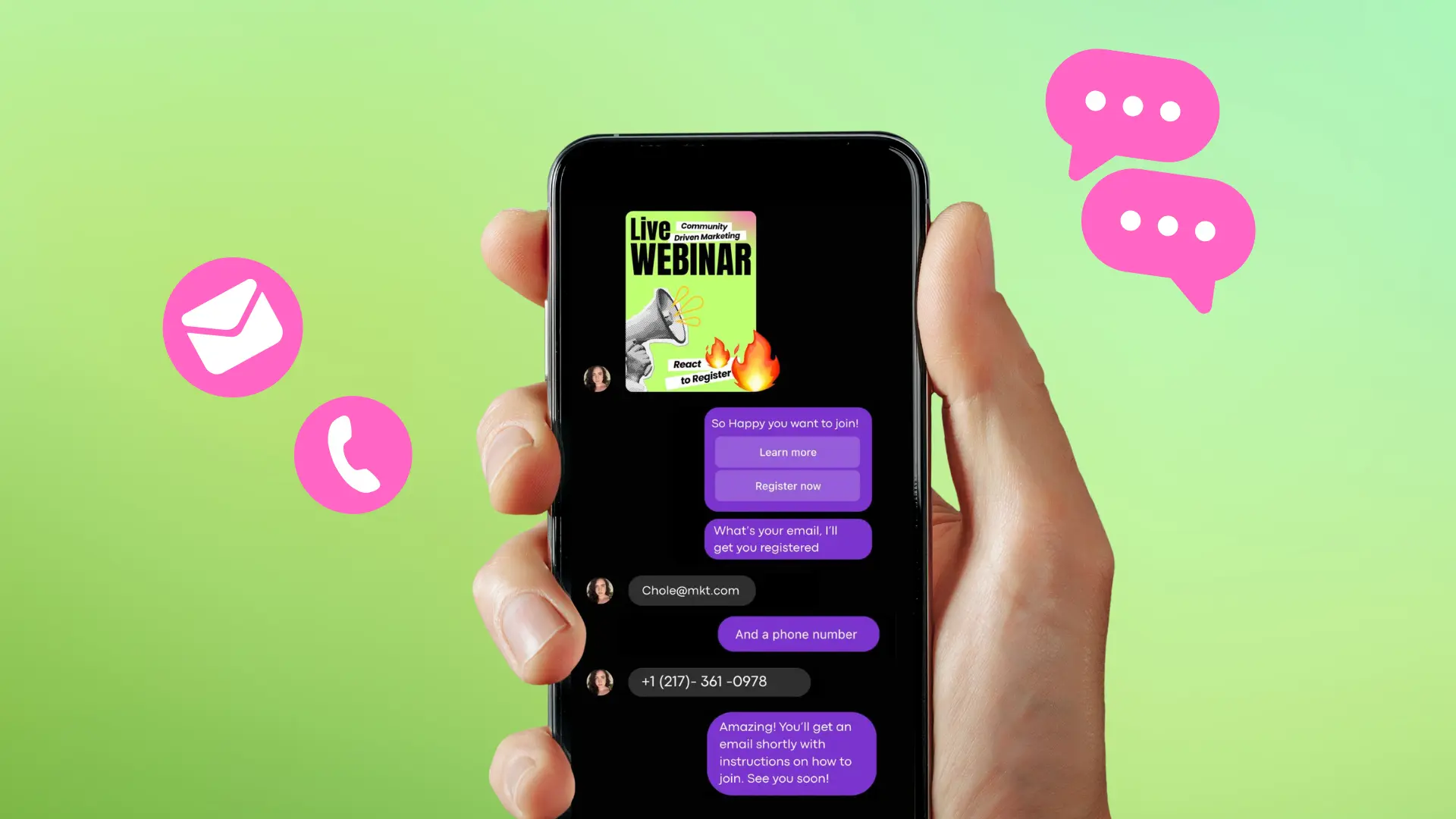
Turn Your DMs Into Lead Gen!
Learn how to collect lead data from your DMs such as email addresses, phone numbers, and more right from your social inbox. If you are not yet automating your DMs your competitors are outpacing you.

How Something Social Saved 75% of Their Time and Increased Revenue by 15%
See how a fast-growing agency improved operations, cut down hours of manual work, and unlocked new revenue opportunities with Vista Social.
New
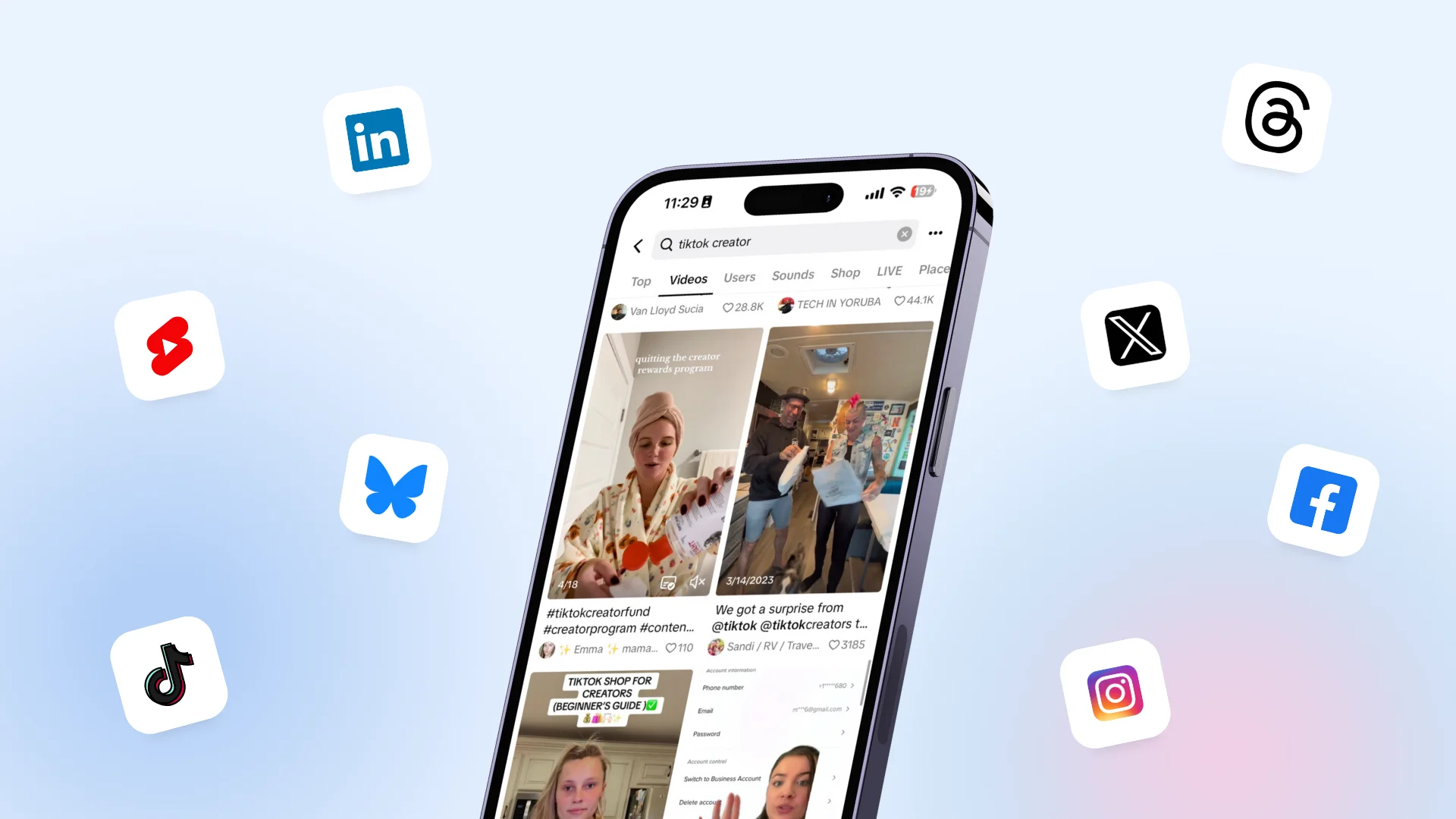
50 Unique Social Media Ideas for Consistent Content Creation
Discover 50 unique social media post ideas to engage your audience, grow your brand, and maintain a consistent content strategy with ease!
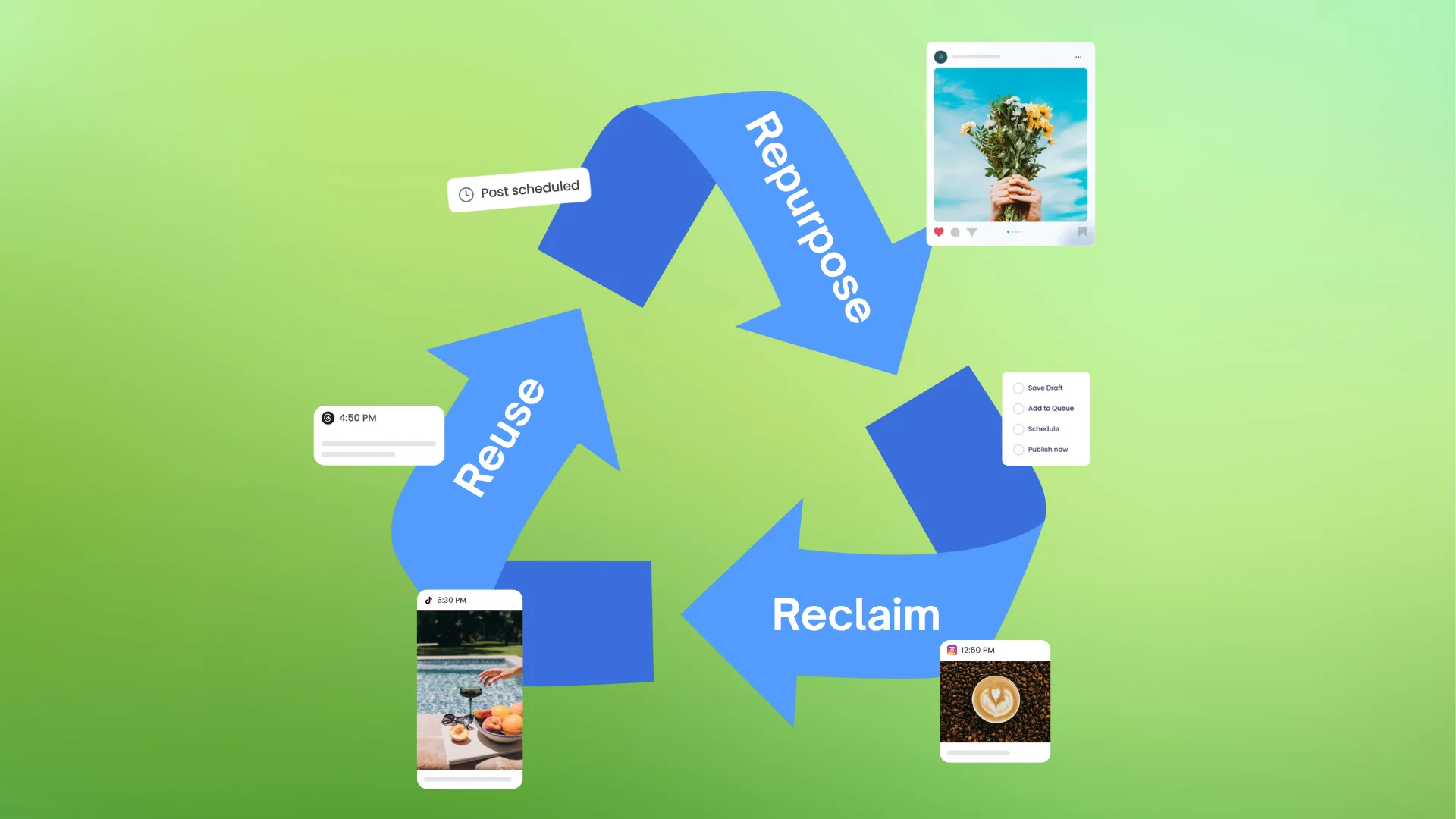
Mastering Content Reuse: The Key to a Consistent and Sustainable Posting Strategy
Published on July 28, 2022
5 min to read
Digital Asset Management: A Social Media Manager’s Guide
Summarize with AI


Table of Content

Digital asset management will become a social media manager’s secret weapon as brand’s craft more strategic content strategies. Businesses may have been able to get away with using the same image size and content type across all social networks — but, that isn’t the case anymore.
Let’s look at just Instagram, there are now reels, IGTV, stories, videos, images, carousels, and more. Each placement will need digital assets tailored towards the specific content size and type that the audience is accustomed to. Your business will need to be able to quickly find specific content pieces, categorize them, and use them when they want — and they want to do all of this across multiple devices.
This rapid increase of digital data stored across a businesses many channels often creates challenges in finding the necessary data. In fact, research has found that most employees spend a quarter of their work day looking for information they need to do their jobs. Social media manager’s need to organize and save metadata for video, images, and audio files, track all versions, and convert them into various formats. This is where digital asset management systems come in to support these challenging initiatives.
Table of contents
What is digital asset management?
In the digital media boom age, any organization must compile its digital assets. Digital assets are not limited to electronic files — they include many forms of content such as product images, stock photos, logos, presentations, documents. Losing or misplacing digital assets costs you money, time, security, and energy.
DAM is a set of activities for adding, annotating, cataloging, storing, extracting, and distributing digital photos, animations, videos, music, and other media data. Files placed in DAM systems are provided with various metadata: tags, categories, statuses, which allows you to increase the speed of working with them significantly.
The DAM system has more capabilities than just simple file-sharing. This system is an efficient tool for organizing social media campaigns, managing brand identity and allows for organizations to get the maximum return on investement.
DAM Systems: The Main Benefits
On average, a DAM platform features the following:
- Improves time management through cutting time searching for digital assets. Google-style sophisticated search capabilities will give you precisely what you are looking for and will not keep you waiting.
- Supports content security. You always know who has access to your assets and easily manage rights between employees, departments, and even partners.
- Easily shares media content quickly and efficiently. You will be able to automate the publication and distribution of materials in a couple of clicks.
- Strenghtens communication between departments. A single platform will allow you to combine different departments, despite the variety of data types. The system automates workflows and enhances team creativity.
- Saves on data storage. The functionality allows you to avoid data duplication and increases system reliability while saving money on IT infrastructure. You can also integrate tools for cloud monitoring to ensure optimal performance, track asset usage, and maintain system health across your digital ecosystem.
- Easily integrates into the corporate environment. Most of the tools can be integrated into various elements of the corporate IT infrastructure, complementing and expanding the capabilities of already used software products.
- Saves time on filling in metadata. A platform helps keep the folder names as metadata and index them, allowing you to instantly use all the system’s functionality.
- Monetizes content. Support for international metadata standards allows you to distribute content to partner agencies and mass media, receiving a royalty.
Suppose you are looking for flexible management of digital assets. In that case, a DAM platform allows you to create and structure digital assets using individually customizable metadata and collections and distribute images, videos, and other media files, optimizing them for each device and channel.
Try Vista Social for Free
A social media management platform that actually helps you grow with easy-to-use content planning, scheduling, engagement and analytics tools.
Get Started NowDigital asset management systems are a kind of corporate software. Large companies develop their digital asset management systems or buy them from famous manufacturers. For example, Coca-Cola acquired Content Manager, a digital asset management system with advanced features, from IBM Corporation. IBM is one of the reputable manufacturers of DAM projects, and the cost of their products ranges between 250 thousand and 5 million US dollars.
Canto DAM is an example of an excellent solution for a social media manager that helps in terms of internal centralization, external distribution, and internal storage. However, to determine the best software for you and your business, you must first evaluate your needs.
Why Should Digital Asset Management Be a Priority in Social Media Marketing?
Social media manager’s need to quickly create content at the request of their clients and provide them with access to all necessary materials at any time. Larger brands with a more extensive content library require strict naming conventions for all of these assets to stay organized and promptly pull assets. However, for organizations with an ever-growing volume of media resources, many users, and remote departments, it becomes challenging to implement these tasks.

Using multiple programs and applications increases the risk of information loss and creates chaos in the interaction between employees and key stakeholders. To optimize the management, use, and distribution of media resources throughout the company and beyond, companies need a convenient digital asset management system. DAM helps marketers keep track of all their digital assets elegantly and efficiently, going back to their earliest files and preserving their digital history. Each such solution is a corporate media library, in which the algorithms for file search, content systematization, and user rights management are optimized.
Here is a real example: time yourself and see how long it took you to find the graphic used in your blog post that went out the second week in February of this year. At the drop of a hat, your client could want to tweak their digital assets. And, what happens if you are a social media manager managing multiple profile’s with tons of media content in your workflows?
Let’s check another situation. A new employee got a job with you and accidentally deleted some files. And then it turns out that it was precisely the banner as of February 12, 2020, which was a favorite of your brand’s. And the designer who created this banner has not worked with you for a year, relocated to a different country, and does not use social networks. What are your actions? Redo everything from scratch and go through numerous rounds of approvals? But a banner is not as scary as a custom advertising photoshoot or more complex marketing works.
Fortunately, the market offers modern solutions that will help you keep your internal assets organized, consistent, and easily accessible through digital asset management.
Conclusion
Any marketer that is managing multiple social media profile’s will confirm how difficult and even overwhelming it can be. Each social network has it’s own identity, audience, and theme — so, the content that you post on one channel may be very different than what you publish on another. Especially if your business has additional social profile’s for support, product line’s, or countries.
The need for more flexible, scalable, and accessible asset management solutions became very apparent. It allows brand managers, creative teams, and marketers to manage, store effectively, structure digital materials, work together in a single cloud space, and bring content to the market faster.
About the Author
Content Writer
Read with AI
Save time reading this article using your favorite AI tool
Summarize with AI
Never Miss a Trend
Our newsletter is packed with the hottest posts and latest news in social media.
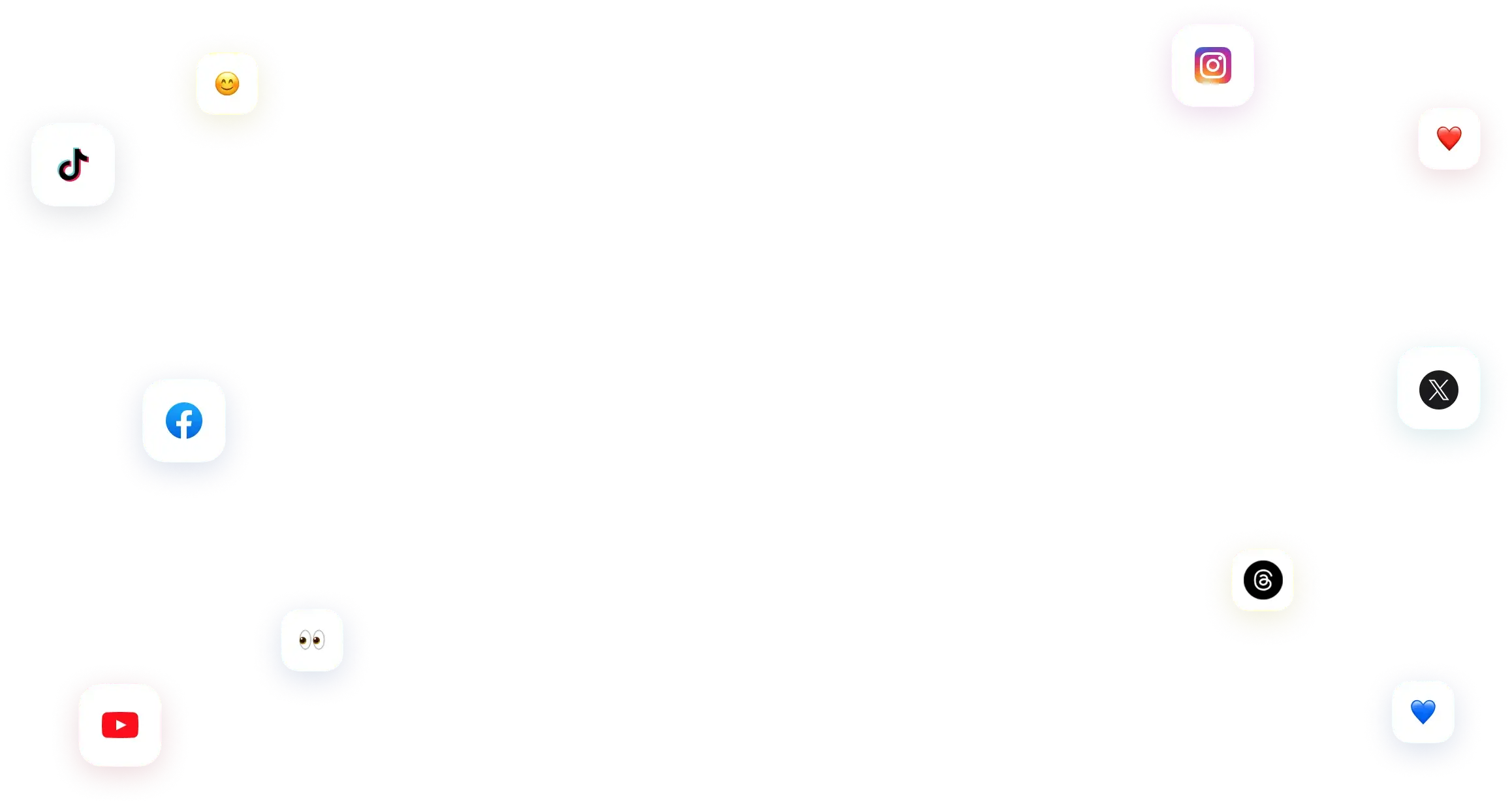
You have many things to do.
Let us help you with social media.
Use our free plan to build momentum for your social media presence.
Or skip ahead and try our paid plan to scale your social media efforts.
P.S. It will be a piece of cake 🍰 with Vista Social
Subscribe to our Newsletter!
To stay updated on the latest and greatest Social Media news. We promise not to spam you!
